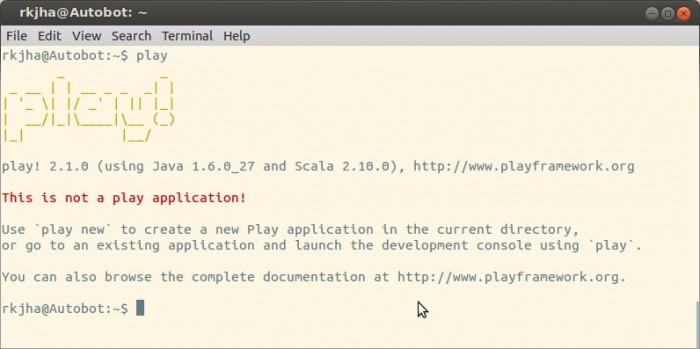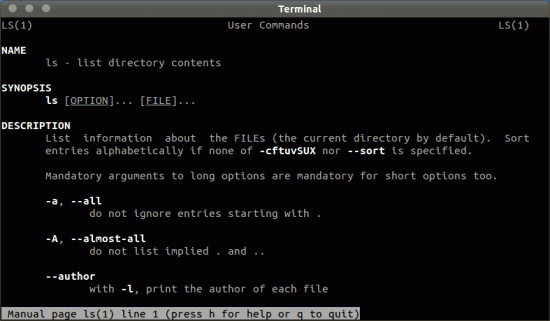What is Play Framework ?
Play Framework is a simple and powerful web development framework for Java/Scala. It’s very inspired from Ruby On Rails framework, so it’s like Rails, but for Java/Scala (initially it supported only Java, but now it also supports Scala (a programming language, very similar to Java, with some functional features, designed to be as a better Java)). Unlike other complicated java web development frameworks, Play is very simple and highly productive.

Play is a
lightweight,
fast and
highly scalable web development framework, with web friendly architecture and features (stateless, low resource consumption, reactive model based on Iteratee IO etc). So if you’re a Java/Scala developer, who want to develop cool web applications – then Play is a great choice for you.
Installing Play Framework
You must have Java installed (JDK 6 or later),
read this tutorial on installing JDK in Ubuntu / Linux Mint if you haven’t already done that. When you’re done setting up java development kit, open a terminal and type
javac to make sure everything is setup properly.
Download Play FrameworkDownload the latest version of Play (currently, it’s v2.1.0) and extract it to your Home Directory (it can be anywhere, but you should have write permission).
Set Path Variable for Play Add the play to your path variable. Suppose, you have extracted the play framework to
~/packages/play-2.1.0 directory. Then open a terminal and type :
export PATH=$PATH:~/packages/play-2.1.0/
Now, if you type
play at the terminal, you should have play command available.

 , same for Ubuntu derivatives such as Linux Mint 13(Maya)).
, same for Ubuntu derivatives such as Linux Mint 13(Maya)). 












